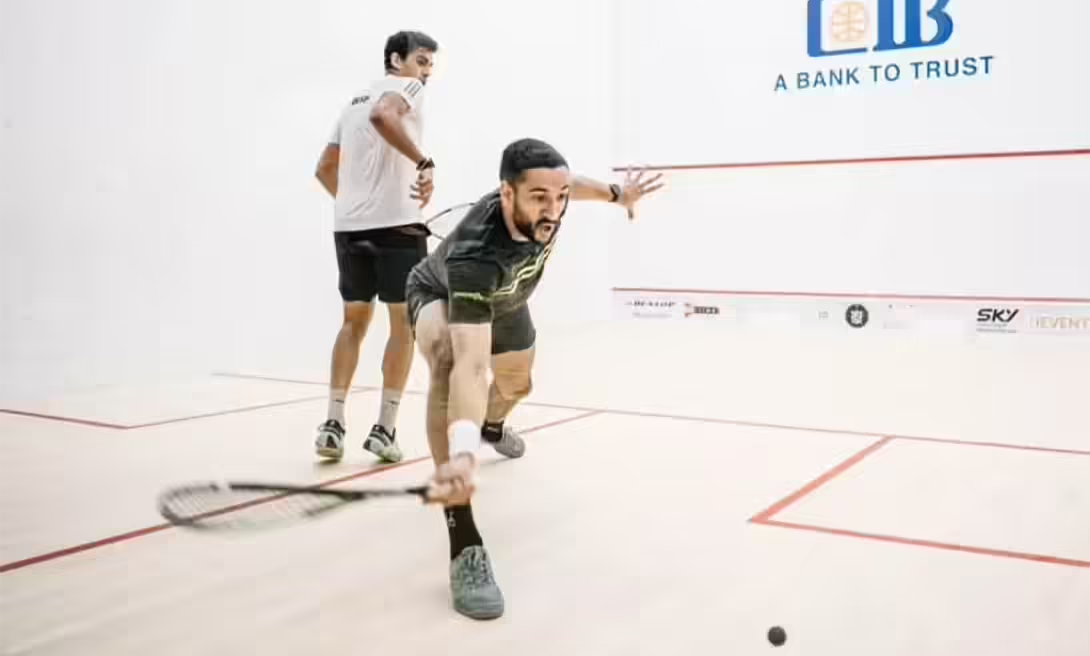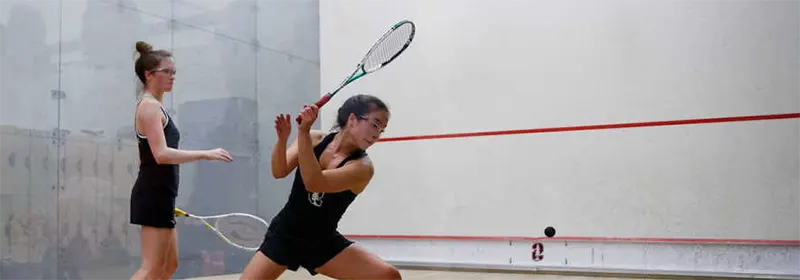02 May 2022 / 3-Min Read / Translate
The piece of advice I often give is “Watch the ball hit your strings”. Essentially, you do that to ensure better contact, to have better balance and give less information to your opponent.

In this short squash article, I am going to discuss why it is IMPOSSIBLE (Yes, capitals!) to watch the ball at all times.
Putting aside the fact that the ball is often obscured by your opponent’s body. The reality is that not only can you not watch the ball at all times, you don’t even WANT to watch the ball at all times!
When you watch the ball onto your strings, you can’t look up and follow the ball’s flight as well. It would ruin your balance, and the ball is just moving too fast. You would also probably give yourself a headache after a few minutes. Ask yourself this:
Why do you need to watch the ball after it has hit your strings? Don’t you know where it is going?
Accept that for a few short moments after you have hit the ball, you won’t be watching it.
Now let’s look at the other time you shouldn’t be totally focused on the ball.
Club players should be watching their opponents when the opponent is about to play the ball. You get more information from your opponent’s body position than you do from the ball.
Do this thought experiment:
Imagine you have just boasted the ball to the front. Your opponent moves forward to hit the ball and just before they hit it, time pauses.
1. Now imagine that the player disappears and all you can see is the ball. Where is the ball going to be hit to? You have no idea! You have no idea because the ball has no idea where it is going to be hit to.
2. Now imagine that the ball disappears and all you can see is the player. Where is the ball going to be hit to? Look at the angle of the racket head, the point of contact (in front of them or behind them?), their hips, legs, feet, shoulders. All those things give you information about where they are going to hit the ball.

Yes, it’s true that you might not guess correctly, or you might be deceived, but over time and with concentrated practice, you will get better at anticipating your opponents’ shots.
From now on, when you opponent hits the ball, focus on their position, especially the point of contact.